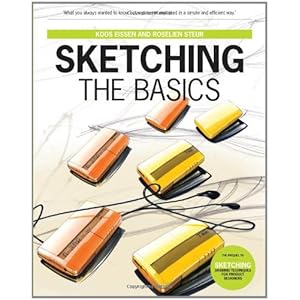//////// Seasoned artist ////////A seasoned veteran concept artist - takes about 1 month to acclimatize to studio culture, game project and style (with some or minimal retraining)
//////// Senior artist ////////A senior concept artist - takes around 2-3 months to acclimatize (with some filling of gaps in knowledge, production methods and adjusting to new art direction/style).
Senior artists tend to break into two camps - those that are happy to lead, provide direction and supervision (suitable lead artist material) and those happy to paint, paint and paint, and take in any given direction.
The former, will be potentially groomed for art director material and if made a AD - can present a strong unified vision - composition, cinematography, colour pallete and visual based approach to things versus a 3D born AD which is more interested in how it looks like in the engine.
//////// Concept artist ////////A concept artist - takes around 3-6 months to acclimatize (with more vigorous practise, self directed training and active hands on tutelage by senior artists/art directors).
Often there is a readjustment period if previously working at another company -due to change in management, art management and feedback/support. This can even result in artists hitting a wall where they have had good success in the first job, but now due to differences have had to adjust.
The ability to persevere and work through these issues, is the mark of potential as a good senior artist.
//////// Junior artist ////////A junior concept artist - takes 6-8 months to become really useful (often these candidates can be preffered due to the potential to be re-shaped into the image of the company art style/direction.
Large gaps in knowledge, lack of appreciation of production need to be instilled. bad habits need to be beaten out, and loads and loads of mileage required before they can bear fruit.
Hopefully, this means a good investment when the artistic talents mature - however the onus will be on management to ensure just rewards, incentives are made to provide adequate retention of skilled staff vs the preponderance of young artists with wanderlust.
//////// Intern /house plant/ extras ////////A internship - may take up to 1 - 1.5 years before maturing into a junior artist role (skilled intern, less so - but these are uncommon).
This is due to lack of solid grasp of basic art theory and application. Requires intense amount of mileage and structured education on the job. May not be suitable for live projects - and good as supportive role to senior concept artist (thus establishing a mentor-apprentice relationship / artistic mind meld).
Will required intense out of hours work to hone up polish and knowledge to gain more art-fu
Hopefully, the range of the requirements of different artist levels should provide a realistic yardstick of an artists skillset level when applying for your next job, salary or overall worth (including freelance abilities) when you take a good long punt in the responsibilities, professionalism and seriousness of the job at hand.








